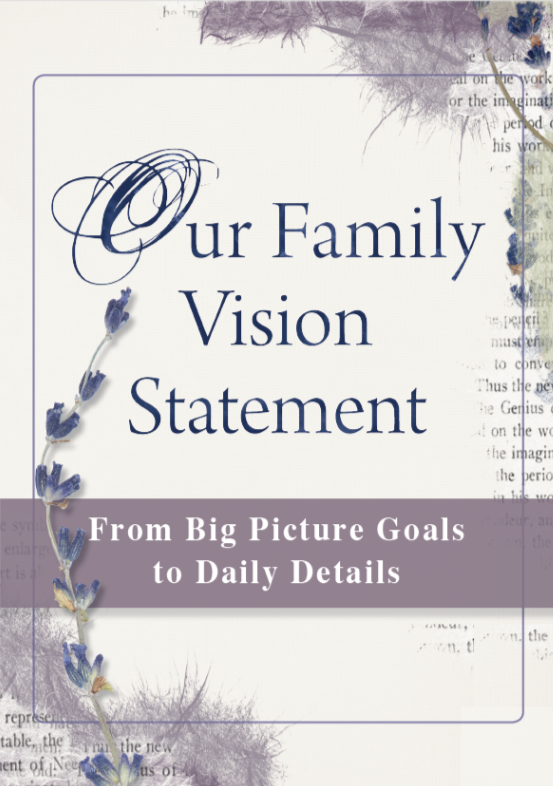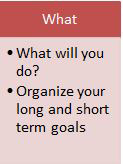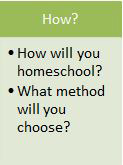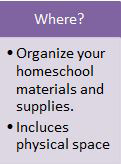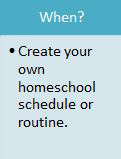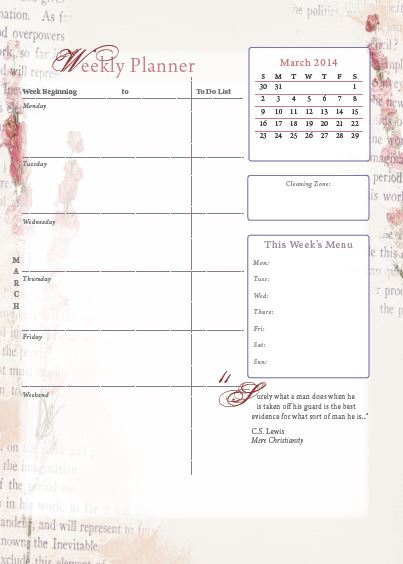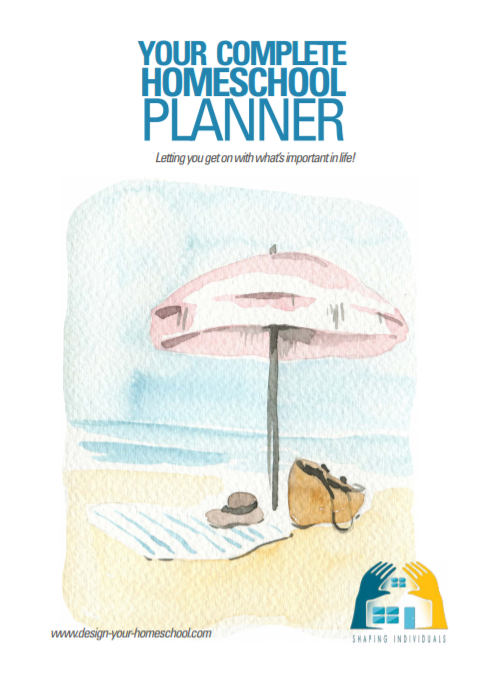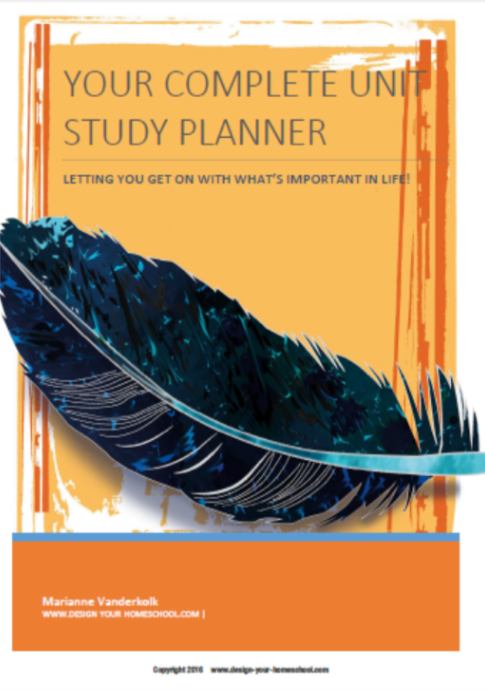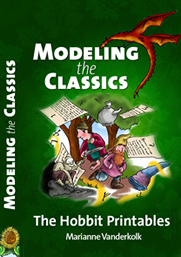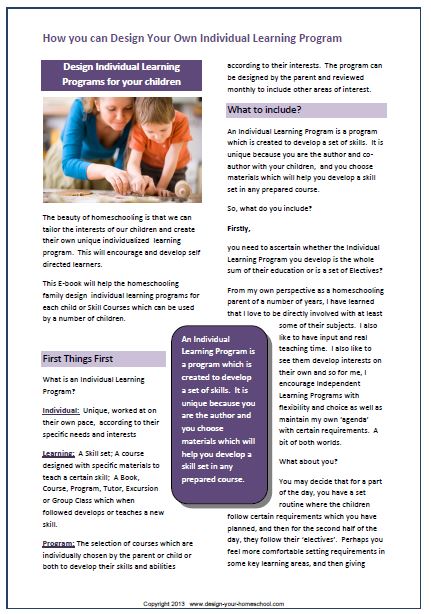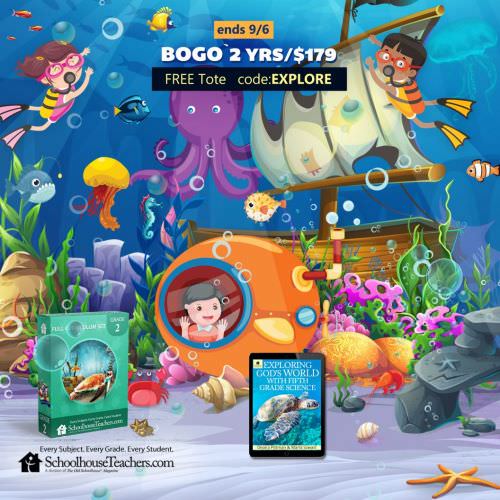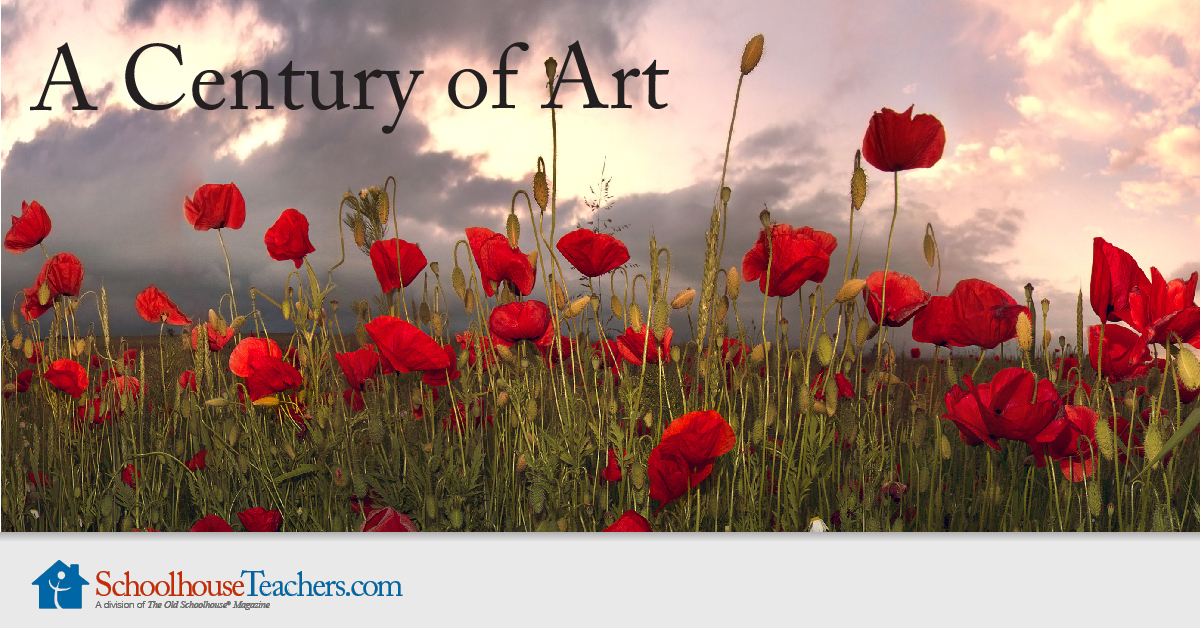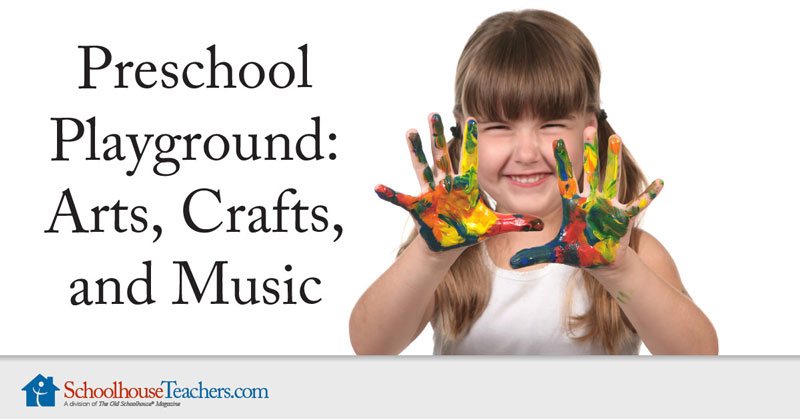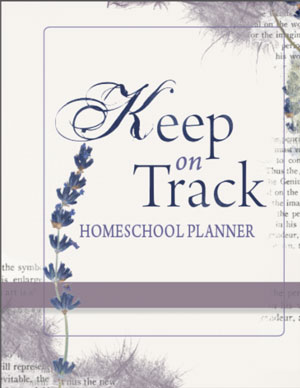Homeschool Planning : Get clarity in just a few steps!
As you read about Homeschool Planning on this page, I hope you will come to see that it is easier than you think. It is really a matter of spending time to think things through. You will first need to think about why you are teaching a subject, what it will look like and write it out as a plan. It will involve:
- Writing Big Picture Goals - or having a basic idea of why you want to teach the subject;
- Write details for each specific subject;
Ways to teach a Subject
Then, you will need to consider the ways you will actually go about teaching that subject. To help you think it through, it will be good to write down in concrete terms how you will go about teaching the subject.
Under each subject heading you can choose to write:
- Objectives - what you want to teach in the subject
- Foundation Statement (an optional statement for your family)
- Methodology - the style and the types of learning approaches you will use.
- List of Resources and Homeschooling supplies for that subject.
- A useful record keeping template which relates the assignments to the goals.
Let's Begin:
Homeschool Planning - Follow these Steps
1. Big Picture Goals - First step in Homeschool Planning
The first thing you need to do is to do as you organize and plan your homeschooling program is to make a list of the Relational, Practical and Academic goals you have for your family as discussed on the page about Setting Educational Goals.
You may use this page for your homeschool planning - Our Homeschooling Goals to write your big picture goals.
If you're stuck on this initial step, my Vision Planning Ebook will help you to set goals and create a vision for your homeschooling family.
2. Outline the details of your Specific Course of Study
The next step when doing homeschool planning is to outline the details. As I have mentioned on the Homeschool Curriculum page, (Step Two) I am not referring specifically as to "what" to use, but rather the variety of subject areas which you determine to be important to achieve the big picture goals. You will now need to write some details for each specific subject.
These can be written in a number of ways. Basically, you need to answer - Why are you teaching this subject? What do you (as a family) really want to achieve?
Goal Setting includes: Objectives, Foundations Statement, Methodology and Resources
As I go about my homeschool planning and plan for each specific subject area, I have found it useful to write:
- A list of objectives - these are statements about what you'd like to achieve. These can be broad and can include the skills you want to teach in the specific subject are.
- Foundational statement about the subject area - this is a broad summary statement about why you want to include this subject area in your homeschool curriculum for your family.
- Methodology - this is a paragraph which describes the methodology or activities which you will use to achieve the objectives and develop the skills.
- Homeschool materials or homeschooling supplies used for the specific subject. These will change depending on the year level and learning styles of the children you are teaching.
Writing a Foundation Statement
This foundation statement for history is my example of why we want to teach History in our home. Why should I include History as a part of our personal homeschool curriculum for our particular family? I have written an example below. You can use this statement in your own homeschool planning and I would encourage you to make it your own.
Foundation Statement for History Example:
As a family, we see the need to understand the place of man in the world and his relation to God and his neighbour. We need to study decisions that man has made in history in the light of the environment and the beliefs he holds, and to judge those actions by Biblical standards and consequences, in order to see the way in which God has worked in His World.
We intend to look at time periods chronologically, and explore the events and the characters therein.
Using this framework, we will read, memorize some important facts and dates, and discover God’s good plans, his mercy and love as a Creator, Provider and Sustainer.
We will see changes that have occurred since the fall of man and consequences thereof, and how all creation can and is called to praise and bring glory to their Creator.
Writing your Methodology for Teaching the Subject
When writing about the methodology of the subject area, you need to describe what it will look like in your home. - reading books, visiting the library, following interests, learning an instrument, real life learning experiences, writing in a notebook etc; You do not need to write everything you plan to do, but this is an overview of the methods you intend to use over the years. These methods are the general way in which you will fulfil your objectives.
Methodology of Teaching History Example
We intend to study the time periods chronologically and explore the events, geography and the characters therein.
Using this framework, we will read and may memorize some important facts and dates. We intend to use a variety of resources such as living books, historical fiction novels, atlases and interesting information books such as Usborne Time Traveller Series. We will read books together as a family, orally narrate from them, create written narrations at times, draw pictures and maps, make projects from the time period being studied, visit museums and at times, make costumes and celebration feasts - live out the time period in as many ways as we can; We will include our local and national history as we explore our country and go to the local museums when we explore different parts of our country.
Writing a Homeschool Resources List
The Homeschool Resource list is the list that would change year by year. In it, you can add materials you would use to teach that particular subject. It can include a curriculum, textbook, novels, project material, hands on project resources, online programs or external groups and tutors.
Example of Materials used to teach Ancients, Creation to the Fall of Rome
This is just an example from the subject of History. You would follow the same format if you were outlining Science or Math.
 |
 |
 |
 |
 |
Check out my recommended resources page for ideas for all ages and all subject areas. |
Homeschool Planning - Yearly Program
The homeschool planning steps above make it easy to create a yearly program.
In summary - you need to have a big picture overview (a list of subjects you want to teach).
Then, you add the details of each subject area (objectives, foundation statement, methodology and resources) and after doing that work, you will have a yearly program. It will consist of all the subject areas you deem to be important for your family, all the reasons why you want to teach it, as well as how you will do so (methodology) and the resources you have or plan to buy.
Congratulations! Your yearly Homeschool Plan is complete and you not only know what you are doing, but also why you are doing it.
